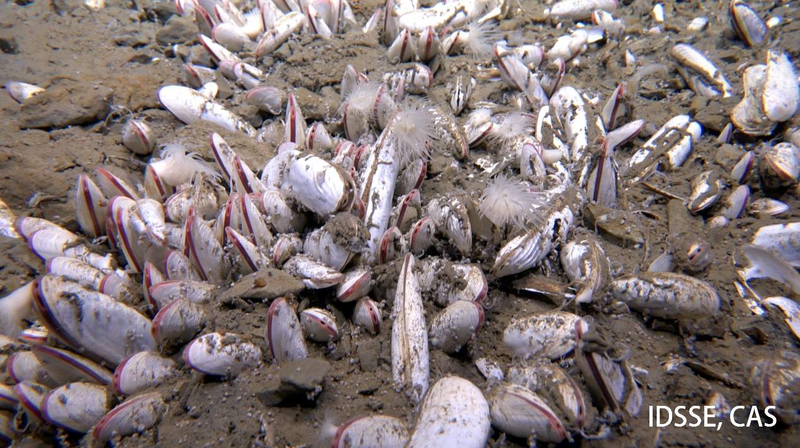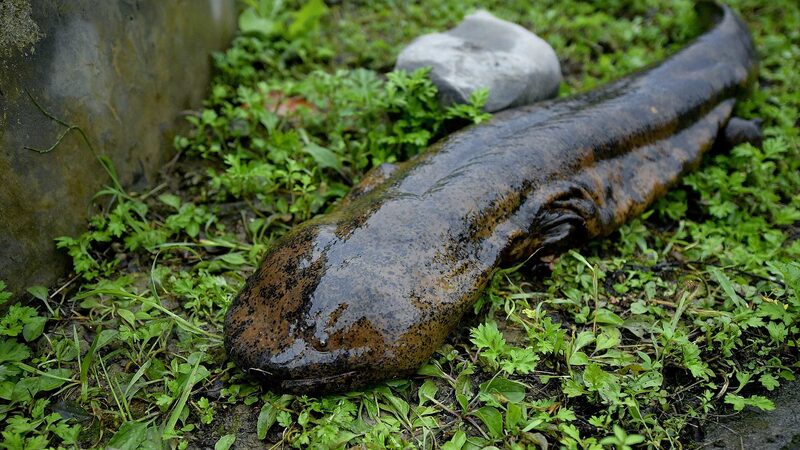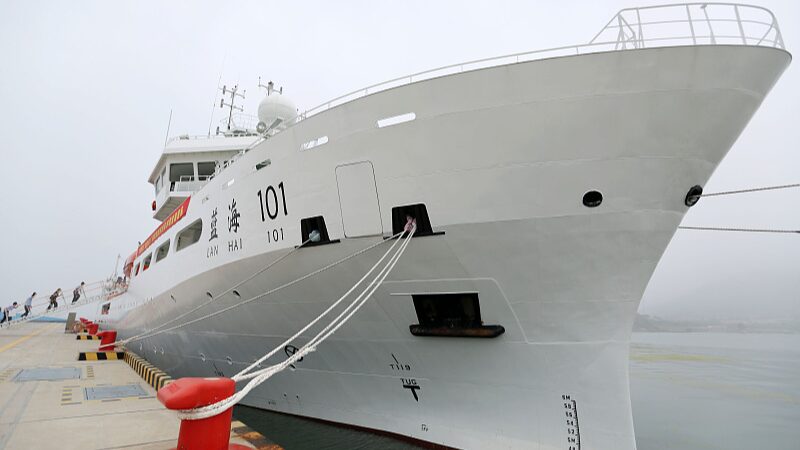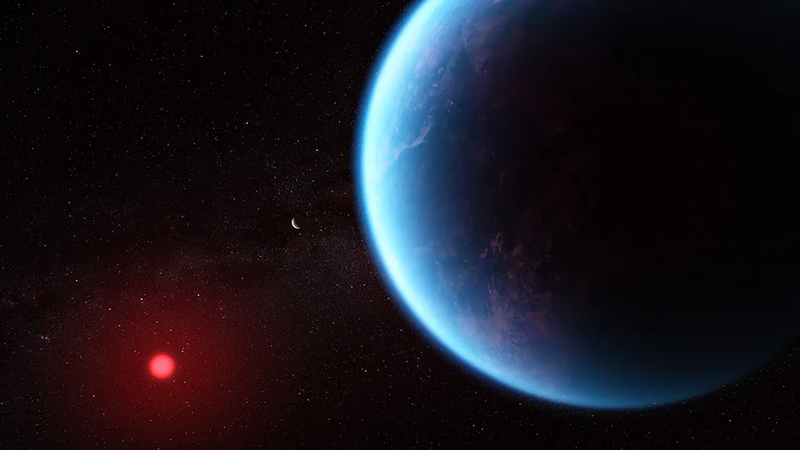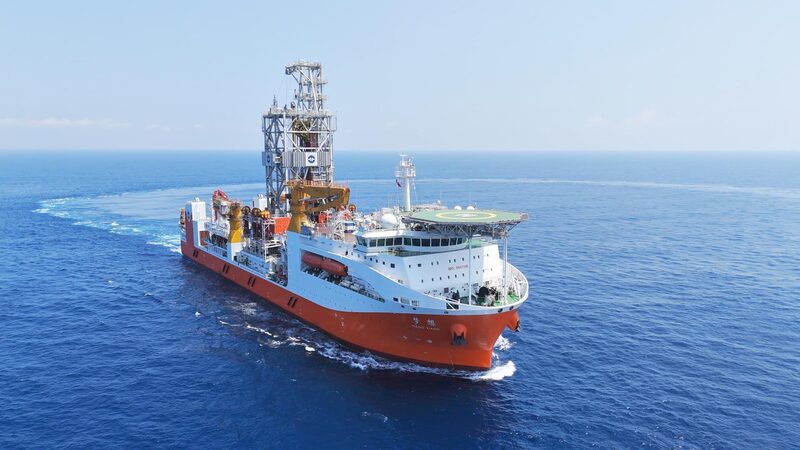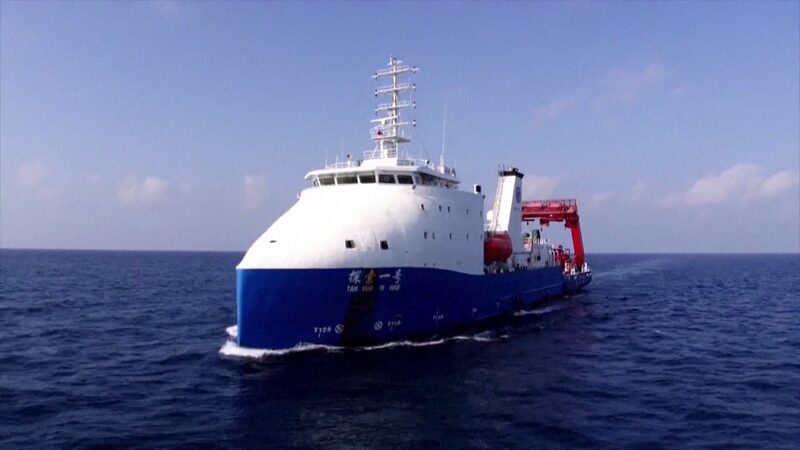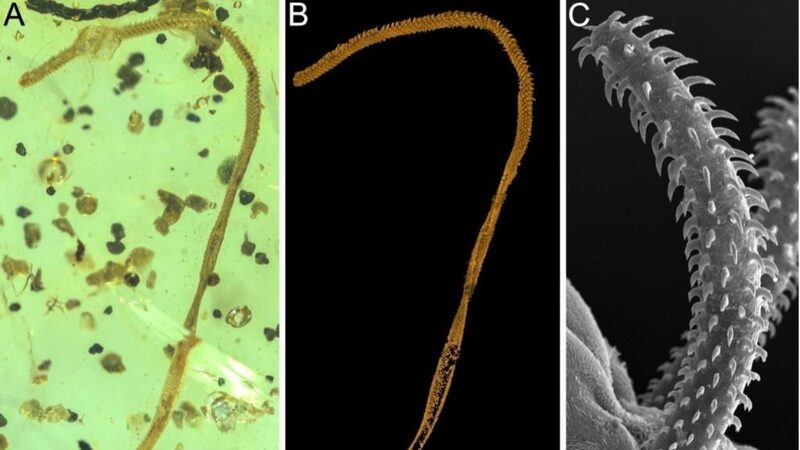In a discovery reshaping our understanding of ocean ecosystems, an international research team led by Chinese scientists has identified thriving communities of marine creatures living 10,000 meters below the sea surface – a harsh environment once considered nearly lifeless. Published Wednesday in Nature, the study reveals organisms surviving through chemosynthesis, a process converting chemical compounds into energy without sunlight.
The team documented tube worms, crustaceans, and microbial life flourishing near hydrothermal vents in the Mariana Trench. "These findings challenge assumptions about life's limits," said lead researcher Dr. Li Wei from the Chinese Academy of Sciences. "Their survival mechanisms could inform biotechnology and environmental science."
This breakthrough holds significance for multiple sectors: biologists gain insights into extremophile adaptations, while industrial researchers eye potential applications in waste processing and renewable energy. The discovery also underscores the need for international collaboration in deep-sea exploration amid growing interest in ocean resources.
Next-phase expeditions aim to study how these ecosystems withstand extreme pressure and climate change impacts. As nations increase investments in marine research, such discoveries highlight Asia's expanding role in cutting-edge scientific exploration.
Reference(s):
Chinese-led team discover chemical-eating creatures 10,000 m undersea
cgtn.com
